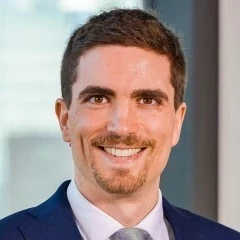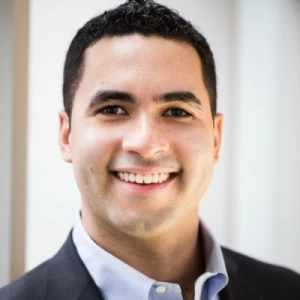Hi everyone,
I'm currently preparing for case interviews and trying to improve my structure drills. I understand the importance of being MECE and top-down, but I often find myself struggling to come up with a clean structure quickly and to present it clearly under time pressure.
Do you have any tips or daily practice routines that helped you build this skill?
Specifically:
- How do you practice structure drills effectively on a daily basis?
- How do you train yourself to present your structure clearly and confidently (both in content and delivery)?
- Any exercises or resources you recommend to strengthen this skill?
Would really appreciate any advice, examples, or shared experiences!
Thanks in advance 😊
















